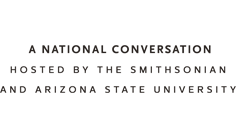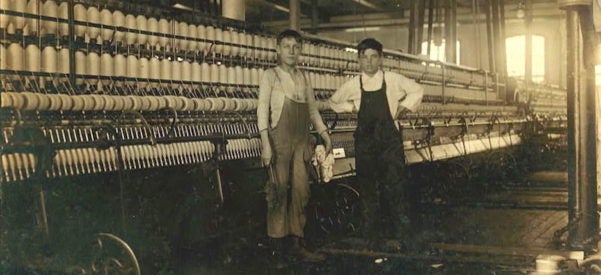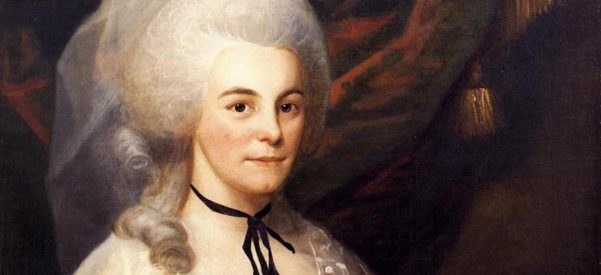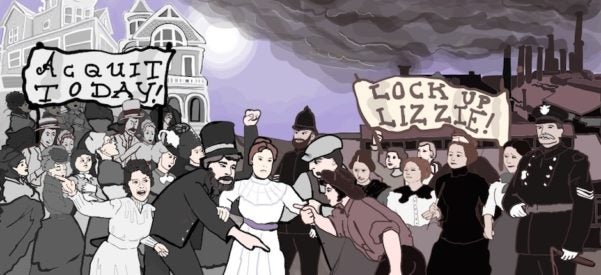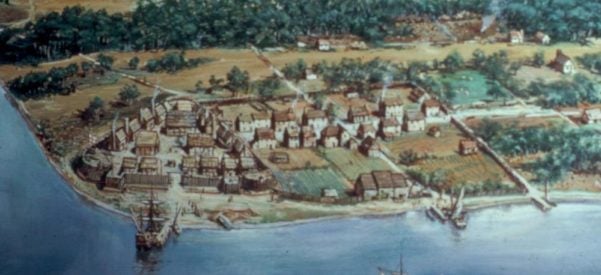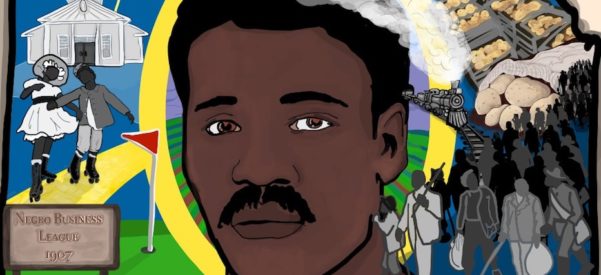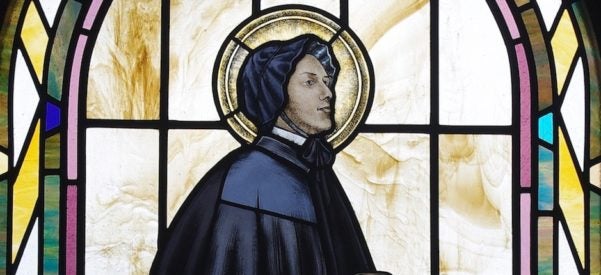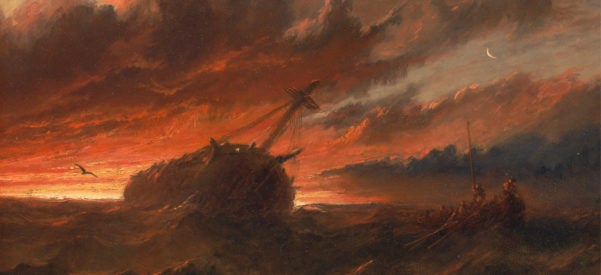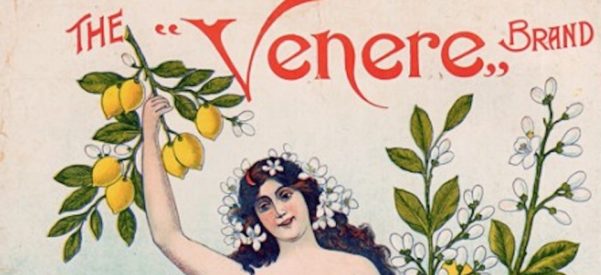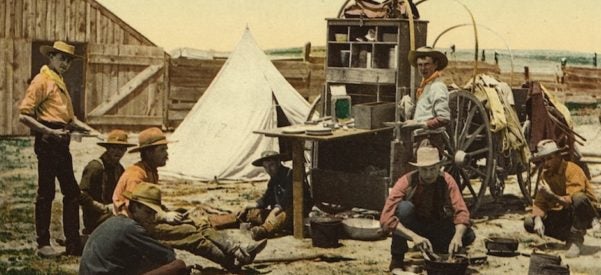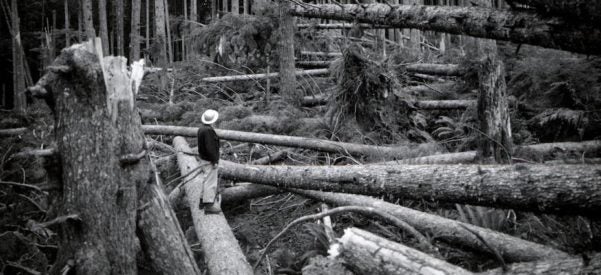When Americans Feared an Invasion From Their Northern Border
In the Late 19th century, the French Canadians Who Came to Work in Cotton Mills Were Treated as ‘Pawns in a Catholic Plot’
In 1893, Clare de Graffenried, special agent of the United States Department of Labor, published an article in The Forum describing an invasion of America’s northeastern border. For 30 years, Graffenreid observed, hundreds of thousands of French Canadians had been pouring into states like Maine, New Hampshire, Massachusetts, and Rhode Island, finding work in the region’s burgeoning industries. “Manufacturing New England, Puritan and homogeneous no longer, speaks a French patois,” she wrote.
Furthermore, Graffenreid continued, French Canadian workers huddled in …

